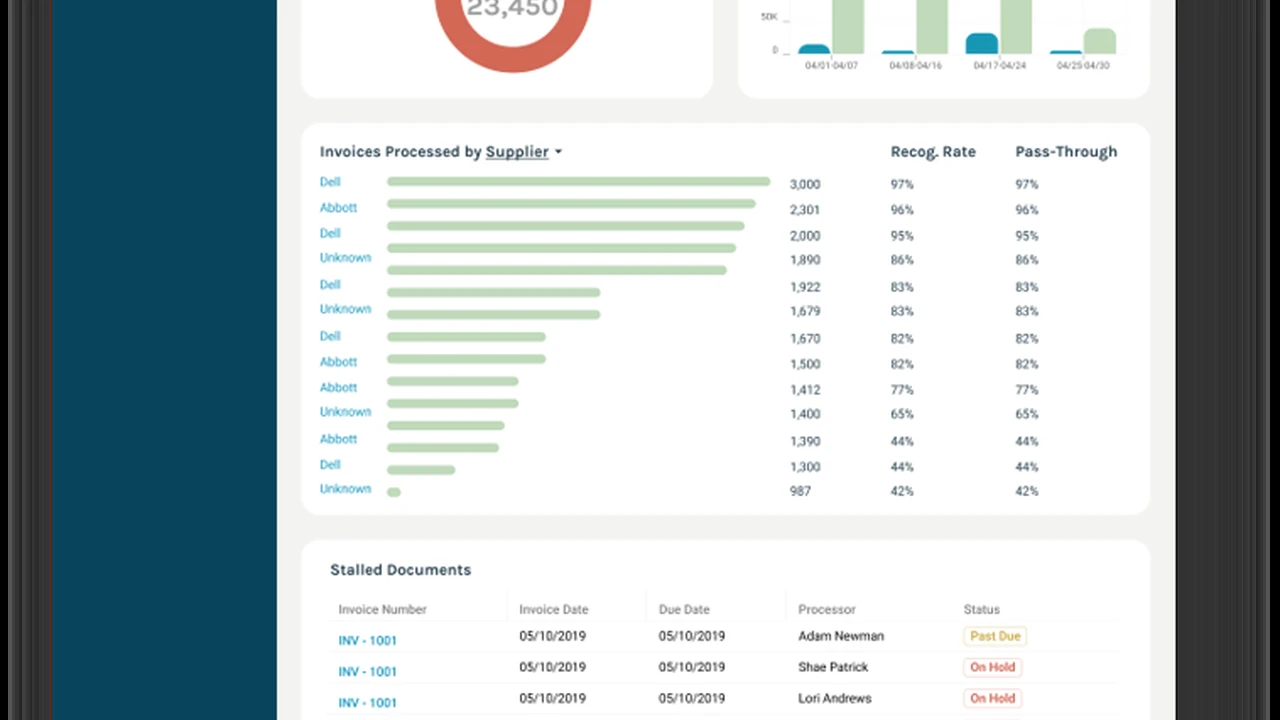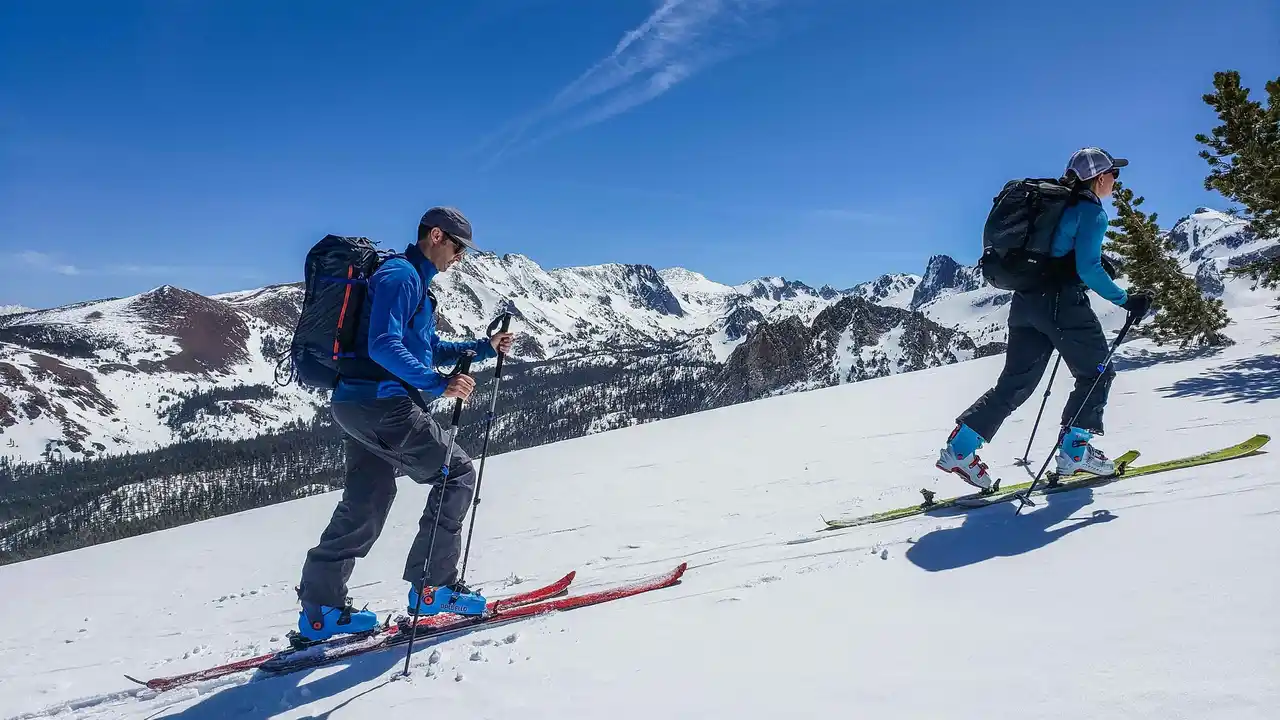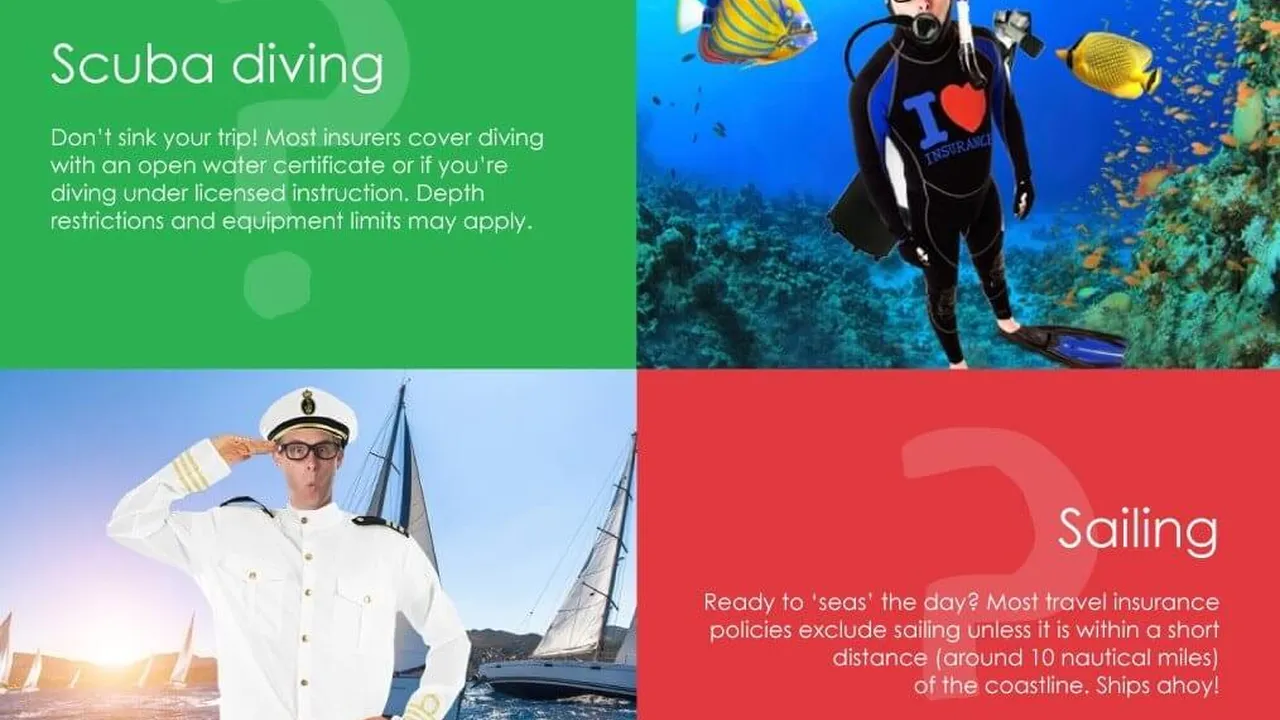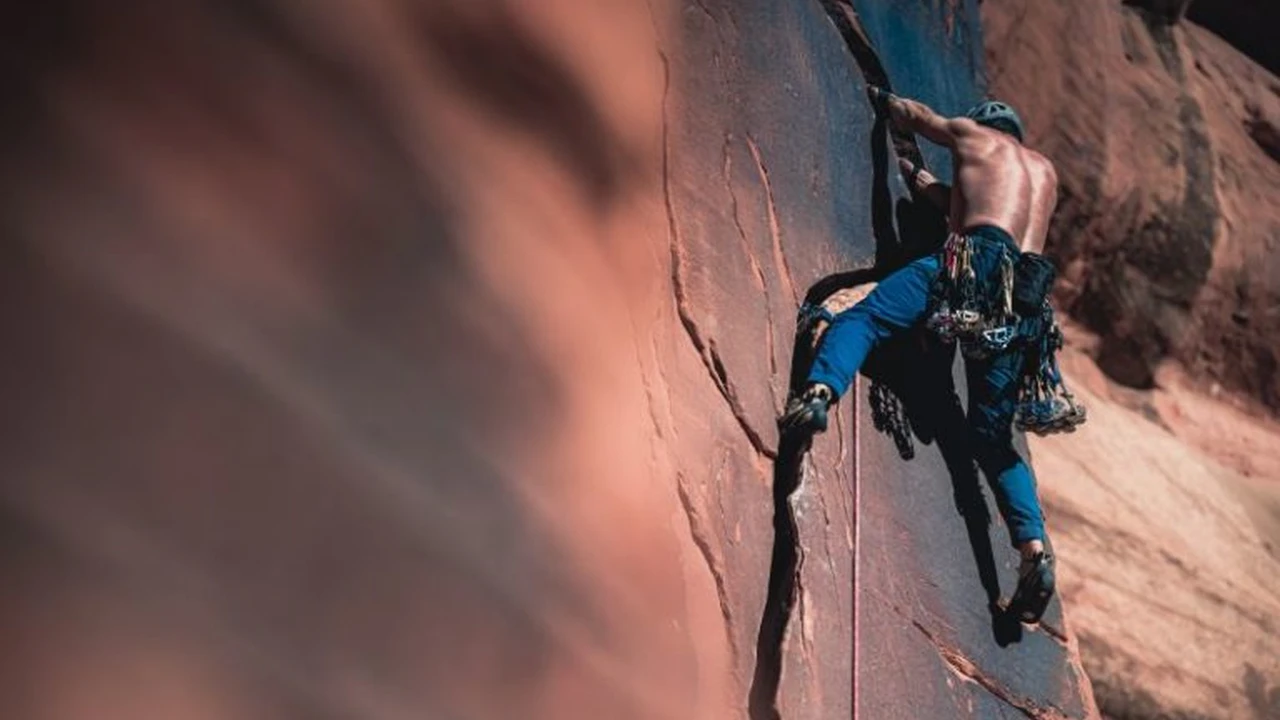Top 3 Climbing Insurance Providers with Helicopter Rescue Coverage
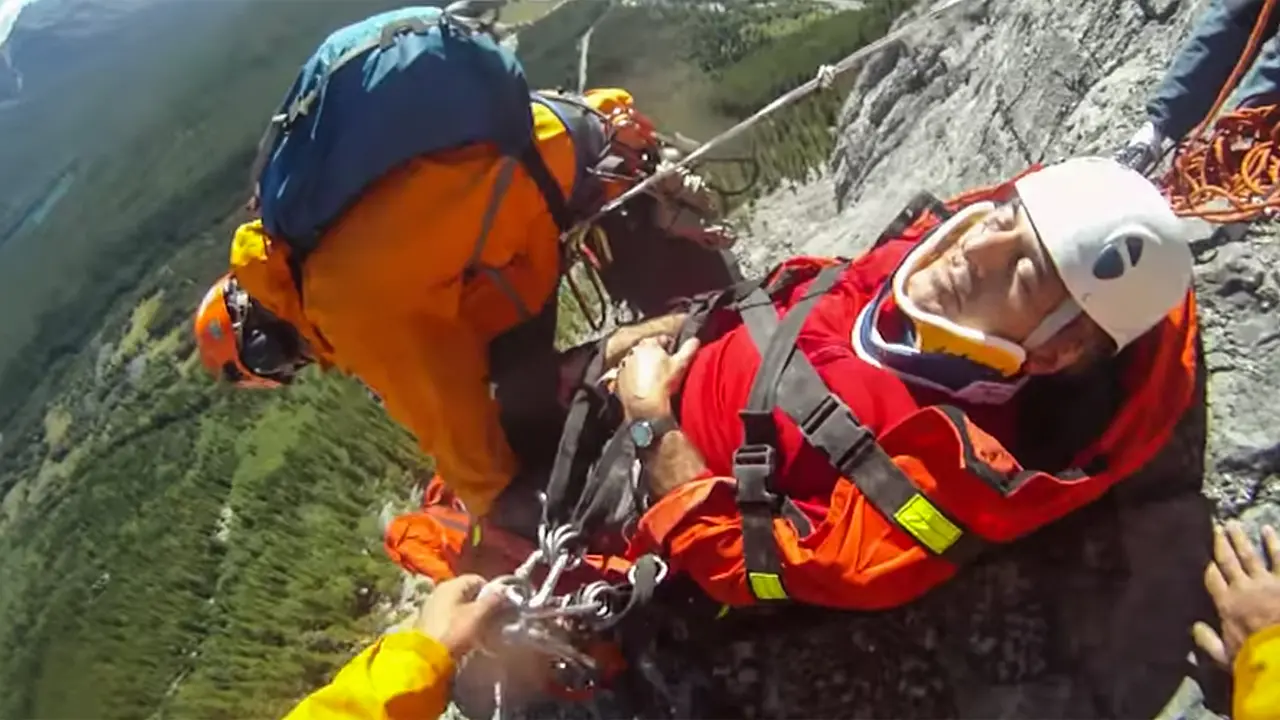
Traveling to remote climbing areas demands meticulous planning, and securing the right insurance is paramount. But if things go sideways, getting you out safely is what matters most. That's where helicopter rescue coverage becomes essential. This article delves into the top 3 climbing insurance providers offering this crucial service, along with product recommendations, usage scenarios, product comparisons, and pricing details. We aim to equip you with the knowledge you need to make an informed decision and ensure your safety in the event of an emergency.
Why Helicopter Rescue Coverage is Critical for Climbers
Climbing, by its very nature, carries inherent risks. Accidents can happen even to the most experienced climbers, and remote locations often mean that traditional ground-based rescue methods are either too slow or simply impossible. Consider these scenarios:
- Severe Injury: A fall resulting in a broken leg or head trauma in a location far from trails.
- Sudden Illness: Developing altitude sickness or a severe allergic reaction at a high-altitude climbing site.
- Unexpected Weather: Being caught in a sudden blizzard or thunderstorm, making descent impossible.
- Rope Entanglement: Getting ropes stuck or tangled in a remote climbing location, requiring expert assistance.
In such situations, helicopter rescue can be the difference between life and death. It provides rapid evacuation to a medical facility, significantly increasing the chances of a positive outcome. Standard travel insurance may not cover helicopter rescue, or it may have limitations on the circumstances under which it's provided. Therefore, climbers need specialized climbing insurance with robust helicopter rescue coverage.
Top 3 Climbing Insurance Providers Offering Helicopter Rescue Coverage
Here's a detailed look at three of the leading climbing insurance providers that include helicopter rescue coverage as part of their policies:
1. Global Rescue: The Gold Standard for Emergency Assistance and Climbing Insurance
Overview: Global Rescue is renowned for its comprehensive emergency medical and security services, particularly in remote and challenging environments. They are a membership-based organization, not an insurance company, which means they directly provide rescue and evacuation services rather than reimbursing costs.
Helicopter Rescue Coverage: Global Rescue provides 24/7 medical and security advisory services, field rescue from the point of injury or illness, and evacuation to the member's home hospital of choice. Their field rescue services include helicopter extraction when medically necessary and logistically feasible.
Product Recommendations:
- Global Rescue Signature Membership: This is their most popular membership, offering comprehensive medical and security evacuation services.
- Global Rescue IMG Signature Travel Insurance: Combines the benefits of a Global Rescue membership with travel insurance coverage through IMG, including trip cancellation, interruption, and baggage loss.
Usage Scenarios:
- Alpine Climbing in the Himalayas: A climber sustains a serious leg injury during a high-altitude ascent. Global Rescue coordinates a helicopter evacuation to a medical facility in Kathmandu.
- Rock Climbing in Yosemite: A climber experiences a severe allergic reaction to a bee sting while on a multi-day climb. Global Rescue dispatches a helicopter to extract the climber and transport them to a hospital.
Pros:
- Direct provision of rescue services.
- No out-of-pocket expenses for rescue and evacuation.
- 24/7 medical and security advisory services.
- Global network of medical and security professionals.
Cons:
- Higher cost compared to traditional insurance policies.
- Membership-based model may not be suitable for everyone.
Pricing: Global Rescue memberships vary depending on the duration and coverage options. A one-year Signature Membership typically costs between $329 and $659.
2. Ripcord Rescue Travel Insurance: Comprehensive Coverage with a Focus on Adventure Travel and Climbing Insurance
Overview: Ripcord Rescue Travel Insurance is specifically designed for adventure travelers and offers comprehensive coverage for a wide range of activities, including climbing, mountaineering, and trekking.
Helicopter Rescue Coverage: Ripcord provides rescue and evacuation services from the point of injury or illness to the nearest appropriate medical facility. Their coverage includes helicopter extraction, search and rescue operations, and medical transportation.
Product Recommendations:
- Ripcord Rescue Travel Insurance: This policy provides comprehensive coverage for medical emergencies, evacuation, trip cancellation, and baggage loss.
- Ripcord + Political & Security Evacuation: This option adds coverage for political unrest, natural disasters, and other security-related emergencies.
Usage Scenarios:
- Ice Climbing in Alaska: A climber falls into a crevasse and sustains a head injury. Ripcord coordinates a helicopter rescue to extract the climber and transport them to a hospital in Anchorage.
- Mountaineering in the Andes: A climber develops severe altitude sickness during an expedition. Ripcord arranges for a helicopter evacuation to a lower altitude and a medical facility.
Pros:
- Comprehensive coverage for adventure activities.
- Experienced rescue and evacuation team.
- 24/7 emergency assistance.
- Coverage for trip cancellation and baggage loss.
Cons:
- Higher cost compared to basic travel insurance policies.
- May have limitations on coverage for certain high-risk activities.
Pricing: Ripcord Rescue Travel Insurance policies vary depending on the duration, coverage options, and destination. A one-week policy typically costs between $150 and $300.
3. World Nomads Explorer Plan: Budget-Friendly Option with Solid Climbing Insurance Coverage
Overview: World Nomads is a popular travel insurance provider among backpackers and adventure travelers. Their Explorer Plan offers comprehensive coverage for a wide range of activities, including climbing, at a more affordable price point.
Helicopter Rescue Coverage: The World Nomads Explorer Plan includes coverage for emergency medical transportation, including helicopter rescue, to the nearest appropriate medical facility. However, it's essential to carefully review the policy details to understand the specific limitations and exclusions.
Product Recommendations:
- World Nomads Explorer Plan: This plan offers comprehensive coverage for medical emergencies, evacuation, trip cancellation, baggage loss, and adventure activities.
Usage Scenarios:
- Rock Climbing in Thailand: A climber sustains a broken arm during a fall. World Nomads coordinates a helicopter evacuation to a hospital in Bangkok.
- Trekking in Nepal: A trekker develops a severe infection and requires immediate medical attention. World Nomads arranges for a helicopter evacuation to a medical facility in Kathmandu.
Pros:
- Affordable price point.
- Comprehensive coverage for a wide range of activities.
- Easy to purchase and manage online.
- Coverage for trip cancellation and baggage loss.
Cons:
- May have lower coverage limits compared to other providers.
- Customer service may not be as responsive as dedicated rescue organizations.
Pricing: World Nomads Explorer Plan policies vary depending on the duration, destination, and age of the traveler. A one-week policy typically costs between $80 and $150.
Comparing Climbing Insurance Providers: Features, Coverage, and Cost
Choosing the right climbing insurance provider requires careful consideration of your specific needs and risk tolerance. Here's a comparison table highlighting the key features, coverage, and cost of the three providers discussed above:
| Provider | Helicopter Rescue Coverage | Medical Evacuation | Trip Cancellation | Baggage Loss | 24/7 Assistance | Price (One Week) |
|---|---|---|---|---|---|---|
| Global Rescue | Direct Provision | Direct Provision | Via IMG Travel Insurance (Optional) | Via IMG Travel Insurance (Optional) | Yes | $329 - $659 (Annual Membership) |
| Ripcord Rescue Travel Insurance | Included | Included | Included | Included | Yes | $150 - $300 |
| World Nomads Explorer Plan | Included (Limitations Apply) | Included | Included | Included | Yes | $80 - $150 |
Factors to Consider When Choosing Climbing Insurance with Helicopter Rescue
Before making a final decision, consider these important factors:
- Coverage Limits: Ensure the policy provides sufficient coverage for medical expenses, evacuation, and repatriation.
- Exclusions: Understand the policy's exclusions, such as pre-existing medical conditions, participation in certain high-risk activities, or travel to specific regions.
- Deductibles: Be aware of any deductibles you'll need to pay before coverage kicks in.
- Reputation: Research the provider's reputation and customer reviews to ensure they have a proven track record of providing reliable service.
- Emergency Assistance: Confirm that the provider offers 24/7 emergency assistance and has a responsive support team.
- Geographic Coverage: Make sure the policy covers the specific regions where you plan to climb.
- Activity Coverage: Ensure the policy specifically covers the types of climbing activities you'll be participating in, such as rock climbing, ice climbing, mountaineering, or bouldering.
Real-Life Examples of Climbing Insurance with Helicopter Rescue in Action
Here are a few real-life examples illustrating the importance of climbing insurance with helicopter rescue coverage:
- The Case of the Injured Climber in the Bugaboos: A climber sustained a serious ankle injury while attempting a multi-pitch climb in the Bugaboos, a remote mountain range in British Columbia. Due to the challenging terrain, a helicopter rescue was the only viable option. The climber's insurance policy covered the cost of the helicopter extraction, which would have otherwise been a significant financial burden.
- The Story of the Ill Trekker in Nepal: A trekker developed severe altitude sickness while hiking to Everest Base Camp in Nepal. The trekker's insurance policy included helicopter evacuation coverage, which allowed them to be quickly transported to a medical facility in Kathmandu, saving their life.
- The Incident of the Lost Climber in Patagonia: A climber became disoriented and lost while attempting a solo ascent in Patagonia. The climber's insurance policy covered the cost of a search and rescue operation, which eventually located the climber and brought them to safety.
Tips for Filing a Climbing Insurance Claim
If you need to file a climbing insurance claim, follow these tips to ensure a smooth and successful process:
- Notify the Provider Immediately: Contact your insurance provider as soon as possible after the incident occurs.
- Document Everything: Gather all relevant documentation, including medical reports, receipts, and photos.
- Be Honest and Accurate: Provide accurate and truthful information on your claim form.
- Follow the Instructions: Carefully follow the instructions provided by your insurance provider.
- Keep Records: Keep copies of all documents and correspondence related to your claim.
- Seek Assistance: If you have any questions or concerns, don't hesitate to contact your insurance provider for assistance.
:max_bytes(150000):strip_icc()/277019-baked-pork-chops-with-cream-of-mushroom-soup-DDMFS-beauty-4x3-BG-7505-5762b731cf30447d9cbbbbbf387beafa.jpg)



